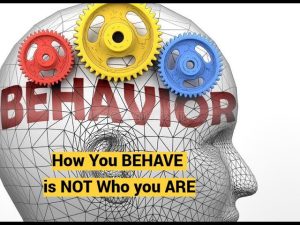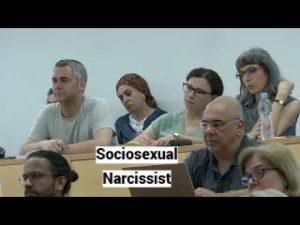Summary on Narcissism with Professor Sam Vaknin
Introduction and Background of Speaker
- Sam Vaknin is a professor of psychology based in Cambridge, UK; author of the book Malignant Self-love: Narcissism Revisited. He has been a visiting professor in several universities and has a long history in psychological research related to narcissism. [00:00]
Nature and Origins of Narcissistic Personality Disorder (NPD)
- Pathological narcissism is not conclusively proven biological or hereditary; the narcissistic trait itself is genetic, but pathology arises mainly from adverse childhood experiences and family environment, especially dysfunctional parenting and abuse. [02:00]
- Dysfunctional parenting includes overprotective, emotionally manipulative, or insecure mothers who inhibit child individuation leading to narcissistic development. Both indulgent and abusive parenting can result in narcissism. [05:30]
- While no definitive brain abnormalities or genetics have been linked to pathological narcissism yet, related Cluster B disorders like borderline personality disorder and psychopathy show genetic and neurobiological elements, suggesting narcissism may also have such components. [03:00]
Empathy in Narcissism
- Narcissists lack emotional (effective) empathy but retain cognitive and reflexive empathy, using their ability to understand others cognitively without emotional connection, often exploiting this understanding for personal gain (cold empathy). [14:30]
- Lack of empathy is viewed as a consequence of early trauma and developmental disruptions rather than a biological defect. [13:20]
Malignant Narcissism and Subtypes
- Malignant narcissism, involving narcissism combined with psychopathy and sadism, is very rare (about 2-3% of narcissists) but highly dangerous. [22:00]
- The terms overt and covert narcissism describe narcissistic states rather than distinct types; all narcissists experience phases of overt grandiosity and covert vulnerability triggered by narcissistic injury or failure. [29:40]
- The academic and clinical divide causes misconceptions: academics typically study overt narcissists, while clinicians see covert narcissists in therapy. [31:00]
Self-Awareness and Treatment Challenges
- Narcissists rarely recognize their disorder as such or consider it negative; often they glorify and use their narcissism for self-enhancement. [37:00]
- “Healing narcissists” who admit faults for attention are often using this for narcissistic supply (attention). [37:40]
- Narcissists are compared to addicts addicted to attention, with frequent dishonesty and manipulative behaviors similar to substance addicts. [41:00]
- Major clinical features of narcissism cannot be cured or changed; therapy aims only to modify behaviors and minimize societal harm temporarily, with high relapse rates similar to addiction treatment. [49:00]
Evolutionary Role of Narcissism and Psychopathy
- Narcissism and psychopathy can be evolutionary adaptations, advantageous in some environments and professions like leadership or surgery; cultural and societal context determines if narcissistic traits are beneficial or harmful. [44:00]
- Although beneficial short-term, narcissists and psychopaths tend to self-destruct in the long term. [47:00]
Relationships and Narcissist Partner Dynamics
- Narcissists do not choose specific types of women; rather, they seek partners based on what two of the “Four S’s” the partner can provide: Sex, Supply (narcissistic or sadistic), Services, and Safety/Stability. [57:30]
- Women attracted to narcissists often have vulnerabilities like childhood trauma, mental health issues, or are in crisis, forming a “comfort zone” for abuse and fantasy-based attachment. [59:00]
- Narcissists evoke maternal instincts in partners by displaying childlike traits, creating a strong emotional bond akin to a mother-child relationship. [01:01:00]
Why Some Women Stay in Abusive Narcissistic Relationships
- Multiple psychological reasons explain women remaining: comfort with abuse, associating abuse with love, feeling trapped due to lack of alternatives, financial or parental dependency, or denial and reframing abuse to maintain internal control. [01:06:00]
- Majority of women eventually leave abusive situations but a significant minority remain for these complex reasons. [01:10:00]
Narcissism in Childhood and Adolescence
- NPD cannot be diagnosed before age 21 as narcissistic traits in childhood and adolescence are normal developmental stages necessary for individuation and identity formation. [01:12:30]
- Psychopathy can be diagnosed in children as conduct disorder; this condition predicts adult psychopathy and criminal behavior, reinforcing biological components for psychopathy but not definitively for narcissism. [01:14:30]
Interaction Between Two Narcissists
- Two narcissists can maintain a relationship if sufficiently dissimilar, such as cerebral (intellectual, mostly nonsexual) and somatic (body-focused, sexual) narcissists, allowing negotiated compromises. [01:19:30]
- An “inverted narcissist” relies on a partner’s overt narcissism for supply, forming symbiotic relationships likened to the sun and moon. [01:20:30]
Note: All timestamps correspond to the approximate minute and second from the start of the meeting transcript.






